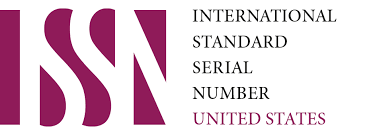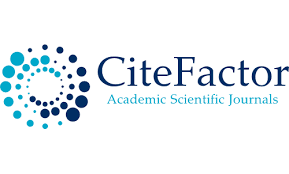Methods Of Teaching Programming at The University
DOI:
https://doi.org/10.62480/jpip.2024.vol36.pp42-44Keywords:
Methods, interactive learning, project-based learning, Peer learningAbstract
This article explores five effective methods for teaching programming at the university level, aiming to address the diverse needs of students and enhance their learning experience. The five methods discussed include interactive learning, project-based education, peer learning and collaboration, the use of tools and simulators, and flipped classroom techniques. Each method is analyzed in terms of its benefits and practical implementation in the classroom environment. Interactive learning emphasizes active student participation through coding exercises and immediate feedback. Project-based education focuses on real-world application by assigning students hands-on projects that develop both technical and soft skills
References
Kelleher C., Pausch R. Dasturlash uchun to„siqlarni kamaytirish: Ajam dasturchilar uchun
dasturlash muhiti va tillarining taksonomiyasi. ACM Computing Surveys, 37(2), 2008.
Pilar ST., Rubén FF. Universitet dasturlash kurslarida jamoada ishlash ko„nikmalarini
o„rganish // Kompyuterlar va ta'lim , 2009.
Strijbos J.-V. Rollarning kompyuter yordamida hamkorlikda o„rganishga ta'siri. Doktorlik
dissertatsiyasi. Heerlen, Niderlandiya: Ochiq universitet Niderlandiya, 2014.
Daly T. Maksimallashtirish uchun minimallashtirish: Alice yordamida kirish dasturlashni
o„rgatishning dastlabki urinishi // Kollejlarda kompyuter fanlari jurnali, 26 (5), bet. 2011 yil
–30 may. TSPU byulleteni. 2017.
Tillmann N., Halleux JD, Xie T. Pex4Fun // Ijtimoiy o„yinlar orqali kompyuter fanlarini
o„qitish va o„rganish, 2012 yilda IEEE 25-konferentsiyasi Software Engineering Education
and Training (CSEE&T), Nankin, 2012
Downloads
Published
Issue
Section
License

This work is licensed under a Creative Commons Attribution-NonCommercial 4.0 International License.
User Rights
Under the Creative Commons Attribution-NonCommercial 4.0 International (CC-BY-NC), the author (s) and users are free to share (copy, distribute and transmit the contribution).
Rights of Authors
Authors retain the following rights:
1. Copyright and other proprietary rights relating to the article, such as patent rights,
2. the right to use the substance of the article in future works, including lectures and books,
3. the right to reproduce the article for own purposes, provided the copies are not offered for sale,
4. the right to self-archive the article.












